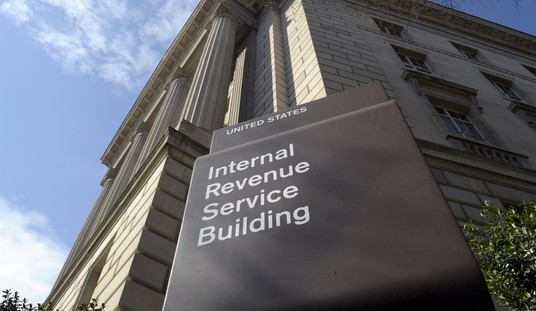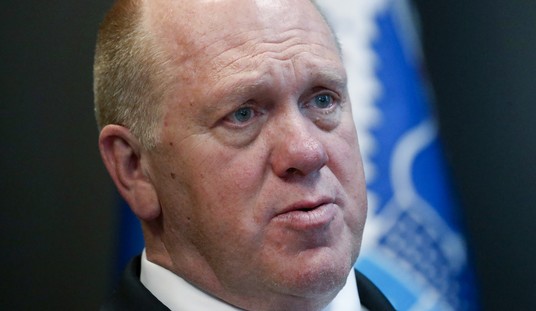Tea party insurgent Ted Cruz’s thrilling and improbable victory over Texas Lieutenant Governor David Dewhurst in Texas’s GOP Senate primary provides a model for future long-shot candidates to follow, though repeating what Cruz did will be difficult.
A long line of dominoes had to fall, in the precise order that they did, for Cruz to overcome an opponent who had every advantage a political candidate can have.
Dewhurst had unlimited financing (he spent at least $19.9 million of his own money), universal name recognition, unanimous support from the Austin political establishment and massive political power as the leader of the Texas Senate.
Ted Cruz had courage, wisdom and a hunch.
When Cruz’s eventual campaign manager told me in early 2011 that the former Texas solicitor general would likely run for retiring U.S. Senator Kay Bailey Hutchison’s Senate seat, I scoffed at the idea. The race was beyond his reach, he couldn’t raise enough money, he had never been on the ballot before, other likely candidates possessed statewide name recognition and Cruz’s Hispanic surname would hurt him in a Republican primary.
But Cruz and his team were undeterred by the naysayers. They went to work.
In Texas, if a primary candidate wins less than 50 percent of the vote, the top two primary candidates advance to a runoff. Cruz’s biggest insight was that he could win a runoff against Dewhurst; the hard part would be making it to the runoff.
Cruz set out to build the largest grassroots army in Texas history, believing that passionate supporters would act as force multipliers.
But first he needed help.
In politics, the shape of the field determines the race. Cruz needed to become the consensus conservative candidate in order to make it a one-on-one race against Dewhurst, so he could nationalize the campaign. When it began, four candidates sought the conservative mantle: Cruz, Railroad Commissioners Michael Williams and Elizabeth Ames Jones and former Secretary of State Roger Williams. Cruz came out ahead by outworking and outperforming his competition.
Recommended
Early on, Cruz won the support of the Club for Growth and FreedomWorks (and later the Tea Party Express), whose outside efforts would prove critical later. He unexpectedly raised significant money (about $1 million every three months), a task made more difficult by the large, unsettled field.
Conservatives gradually lined up behind Cruz, giving him momentum and forcing the other conservative candidates to drop out. By the filing deadline, Cruz was the only tea party candidate in the race.
Traditionally, Texas has March primaries. But wrangling and a court battle over the state’s redistricting map forced election officials to move the primary to late May, with a runoff in the dog days of summer in late July, ultimately reducing turnout and giving Cruz more time to raise money and build momentum.
And Cruz’s momentum kept building. National Review put him on its cover, just as it had put Marco Rubio on its cover two years before. Syndicated columnist George Will wrote a glowing column in which he described Cruz as a candidate who was “as good as it gets.”
The five strongest conservatives in the U.S. Senate — Jim DeMint, Rand Paul, Mike Lee, Pat Toomey and Tom Coburn — all endorsed him. Talk radio followed, with Mark Levin, Glenn Beck and eventually Sean Hannity endorsing Cruz.
This momentum forced two other potential candidates — Rep. Michael McCaul (R-TX) and State Senator Dan Patrick — not to run, keeping Cruz as the only movement conservative in the field.
But there may have never been a runoff between Cruz and Dewhurst were it not for two crucial late developments. Ten days before the runoff, Ron Paul endorsed Cruz, which brought Paul’s supporters into the fold. Then former Governor Sarah Palin (R-AK) endorsed him, bringing in a wave of invaluable earned media, small donor contributions and momentum. Those endorsements helped Cruz get enough votes in the May 29 primary to force a runoff. At that point, the race’s ultimate result was inevitable.
Two months later, on runoff election night, Cruz’s rabid volunteer base, outside support and huge momentum carried him to a crushing 13-point win.
Cruz is a once-in-a-generation candidate who ran a nearly flawless campaign in a favorable political environment. But he never should have been able to win. Indeed, as he has said to his supporters, “I alone could not win this race. But with your help, we could not lose.”

























Join the conversation as a VIP Member